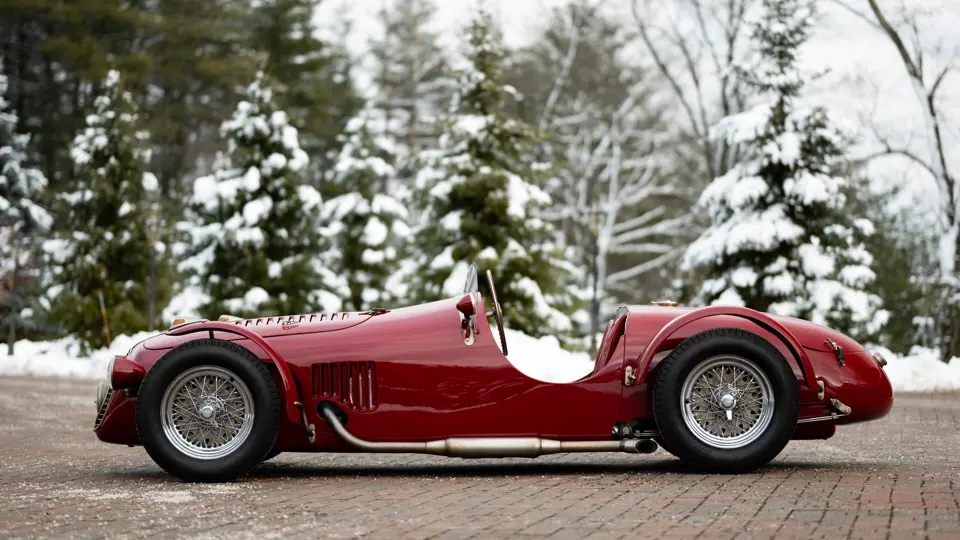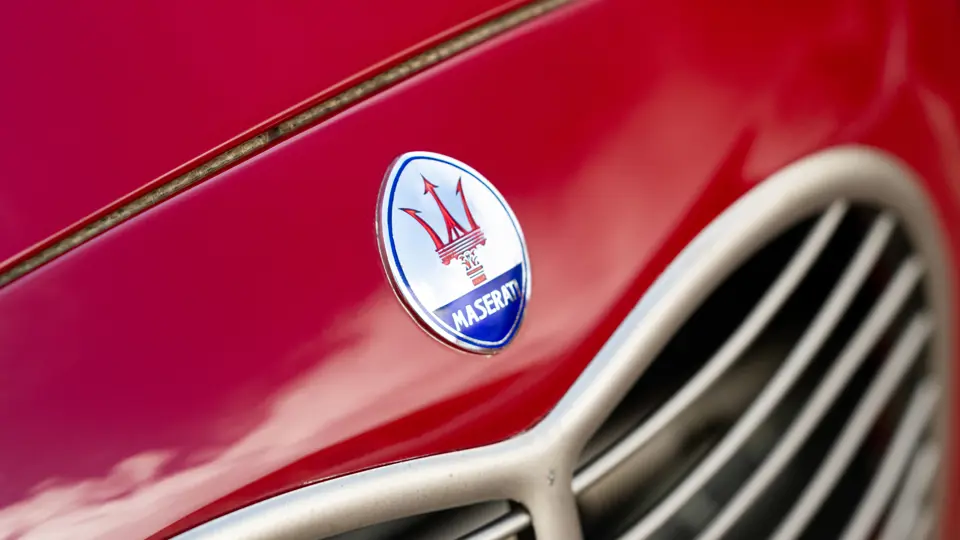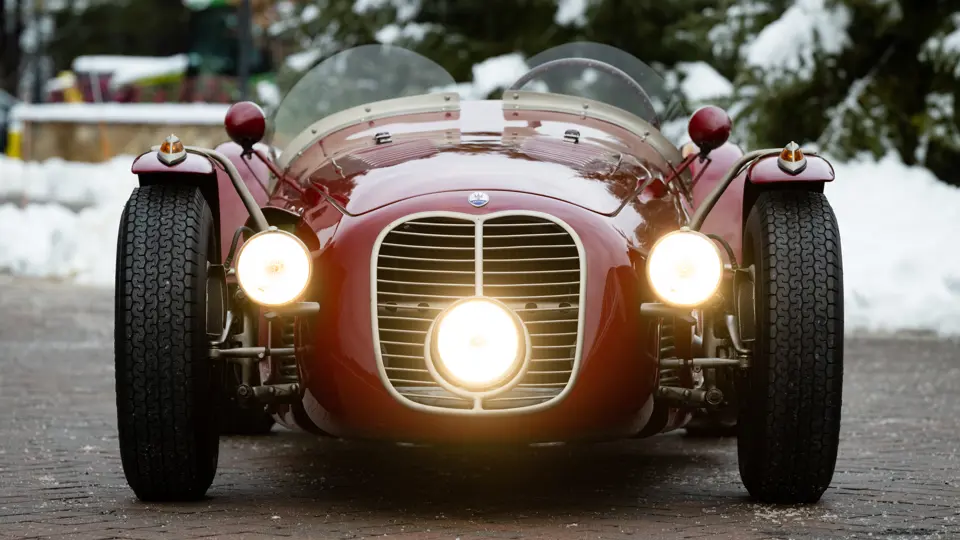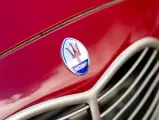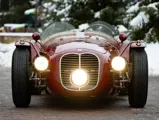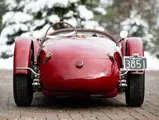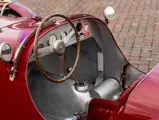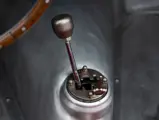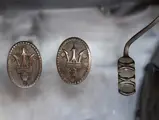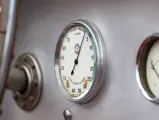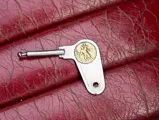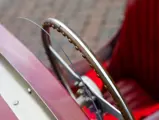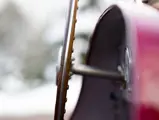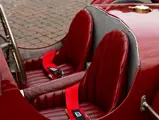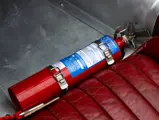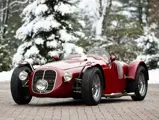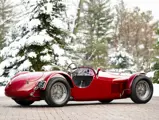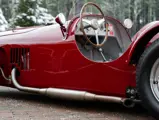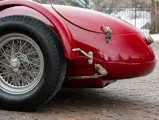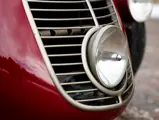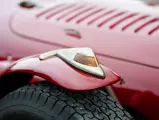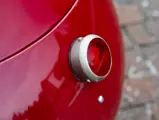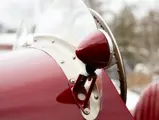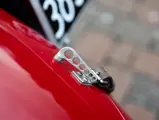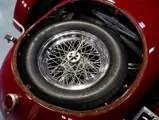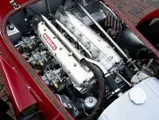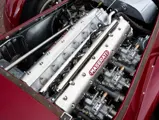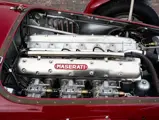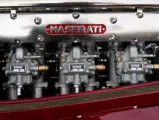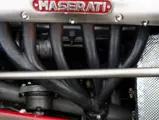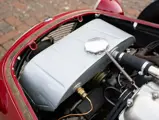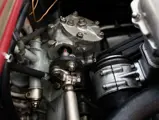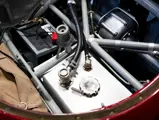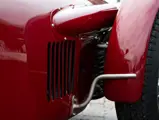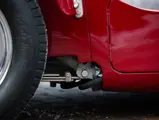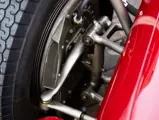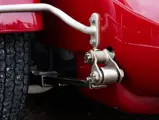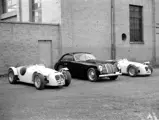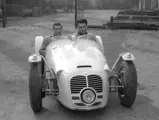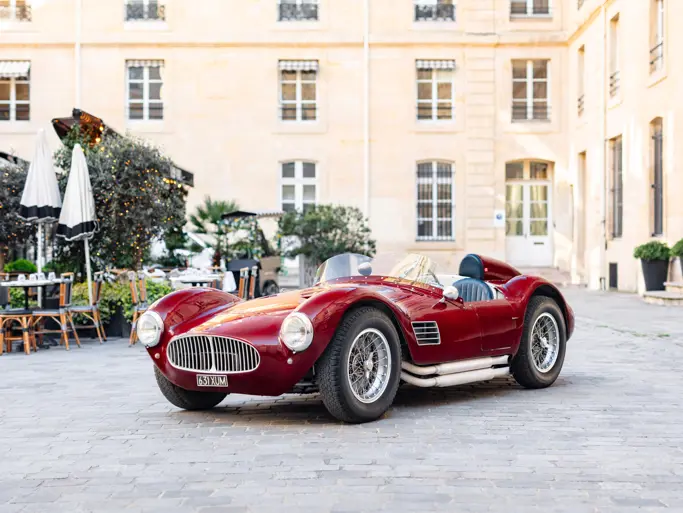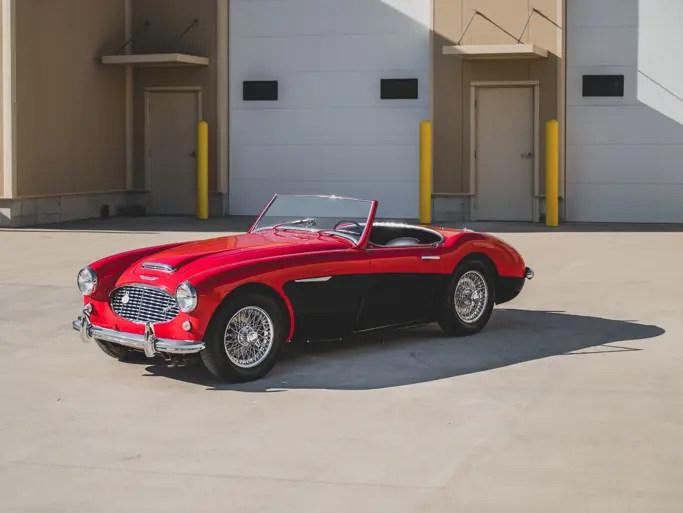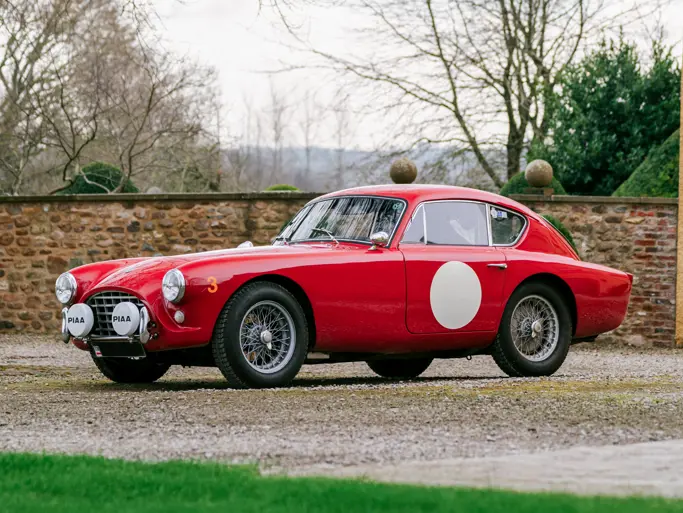
1950 Maserati A6GCS 2000 ‘Monofaro’ by Fantuzzi
{{lr.item.text}}
$1,088,500 USD | Sold
{{bidding.lot.reserveStatusFormatted}}
- One of 14 to 15 examples built, and one of eight examples known to survive
- Equipped in period with unique engine head; believed to be Maserati’s first dual-overhead-cam inline-six
- Raced in period in Brazil, including a 1st-in-class finish at the 1951 Gran Premio di Interlagos
- Offered from 18 years of fastidious care by the consignor, preceded by 26 years of custody by a San Francisco-based enthusiast
- Maintained and restored by top restoration firms including Phil Reilly & Co., Leydon Restorations, Nino Epifani, and Candini Classiche in Modena
- Extremely well-documented with factory order sheet, delivery note, test sheets, and correspondence; factory completion photos; technical diagrams; period Maserati literature; prior registrations and bills of sale; service and restoration invoices from Phil Reilly, Epifani, and Candini; a 2006 FIVA Card; racing/driving logbook; and period and restoration photographs
A PARTING SHOT OF GREATNESS
In 1937 the Maserati brothers sold their famous racing concern to the Orsi family, forever changing the trajectory of the storied manufacturer. But Ernesto Maserati reserved one parting shot for the post-war competition field in the form of a final model he began devising during the war: The A6GCS. While the first letter honored the late Alfieri Maserati, and the 6 represented the model’s novel inline six-cylinder engine, the G stood for ghisa (Italian for cast iron, indicating the block’s construction material), and the C and S respectively stood for Corsa and Sport.
Although the A6 model most conspicuously took the form of the civilized A6 1500 road car, Ernesto was simultaneously developing the A6GCS racecar. Engineer Alberto Massimino was charged with building a new tubular steel ladder-type frame that was equipped with a coil-sprung front independent suspension with forged and polished unequal-length A-arms, Houdaille shock absorbers at all corners, and finned aluminum drum brakes.
The triple-carbureted dry-sump single-overhead-camshaft A6GCS engine featured an increased displacement of 1,978 cubic centimeters, prompting the model’s final nomenclature, A6GCS 2000. Mounted with grand prix-style cycle-wing coachwork hammered in aluminum by Medardo Fantuzzi, the first-series A6GCS was built in a smattering quantity of just 14 to 15 examples between April 1947 and November 1950, most of which were sold to privateer drivers. Many of these cars were fitted with a large centrally positioned headlamp, for which the model was nicknamed “Monofaro.”
Prized today for their rarity, visceral performance, and the genealogical position as the progenitor of Maserati’s great six-cylinder cars of the following decade, including the A6GCS/53, A6G/54, 300S, and the distant 3500 GT, the A6GCS 2000 is one of Modena’s most archetypal models, an automotive unicorn that represented the Maserati brothers’ last hurrah for the Trident.
BOUND FOR BRAZIL
Benefitting from 18 years of fastidious current ownership that succeeded a 26-year period of single ownership, as well as an extremely well-documented history, this A6GCS is perhaps the finest example to be publicly offered. According to copies of Maserati factory documents on file, chassis number 2012 was ordered in October 1950 by the Automovel Club do Brasil, specified with two individual seats upholstered in Verde, and coachwork finished in Giallo.
Following completion the Maserati was shipped a month later with the sister car, chassis number 2019 (which was nearly identical in appearance with the exception of a single bench seat and several minor coachwork details). At the Gran Premio di Interlagos in January 1951, first owner Mario Valentim Dos Santos drove the A6GCS to a class win, which was duly recognized by an official congratulatory letter to Dos Santos from the factory (a copy of which is on file).
According to a detailed report by Brazilian researcher Maurício Marx, Valentim Dos Santos continued to use the Monofaro in local racing events, finishing 2nd at the Circuito Quinta Boa Vista in April 1951, and winning at the Prova Carlos Jacomelli seven months later. In January 1952 the A6GCS enjoyed the distinction of facing racing royalty at the GP do Cidade Rio de Janeiro when it went toe to toe with competing qualifiers such as Juan Manuel Fangio and José Froilán González.
At some point during 1952 the Maserati was returned to the factory for repairs that included the rebuild of the engine into a very unique configuration. The original head was removed and replaced with a dual-overhead-cam (bialbero) component with single ignition and an unusual cam design (with the linguette resting inside of the head’s V shape). It is believed that this modification constituted Maserati’s very first dual-overhead-cam engine head, significantly enriching 2012’s singular provenance.
In December 1952 the A6GCS 2000 was returned to Mr. Valentim Dos Santos in Brazil, and it resumed a life of racing in South American events after passing to Pinheiro Pires in late 1953. During 1954 the car achieved five podium finishes, including a class win at the Quilometro Lançado-Lagoa Rodrigo in March 1954. Unfortunately, this season was briefly marred when the car suffered an accident at the Circuito da Gavea in January 1954, for which it had been loaned to Gino Bianco.
The Maserati experienced one final 2nd-place finish with Pires at the wheel at the Circuito de Volta Redonda Sport in November 1956, and after a 6th-place finish at the GP Prefeito Negrão de Lima Sport in December 1957 the car’s racing career appears to have effectively ended. Unfortunately, the following 15 years of activity is not currently known (despite intense research efforts by the consignor), but in 1972 the car was discovered in a São Paulo yard by the well-known British enthusiast Colin Crabbe. As attested by period photos, the Monofaro had been repainted in rosso and remained in surprisingly strong condition, although the original nose had been modified with an egg-crate grille.
THE ROAD TO RESTORATION
Mr. Crabbe purchased chassis 2012 and shipped it to the UK, where it was acquired in 1973 by Alan Smith of Derby. After taking minimal measures toward a restoration, Mr. Smith sold the Maserati in 1977 to dealer Danny Margulies, and a year later the car passed through a proxy to Sid Colberg, the proprietor of Anglo American Auto Investments in San Francisco, California. Thus began a 26-year love affair between Mr. Colberg and the Monofaro, which he quickly set about restoring. Commencing in the UK, the work began with a correction of the coachwork by Grand Prix Metalcraft in North London, while Ted Bailey of Bourne, Lincolnshire, was entrusted to address the mechanical refurbishment.
In 1980 the A6GCS was shipped to San Francisco, and the respected Phil Reilly & Co. in Corte Madera, California, was retained to continue the mechanical sorting, including significant attention from marque specialist Ivan Zaremba. Upon completion of the work, Mr. Colberg began enjoying the Maserati as it was engineered to be used, campaigning in vintage events and rallies that included the Monterey Historics and the 1986 Mille Miglia Storica. During this period the car was also prominently featured in an article in the January 1989 issue of Road & Track by the noted automotive journalists Dean Batchelor and John Lamm.
After a remarkable ownership period of 26 years, Mr. Colberg sold the Maserati in 2004 to the consignor, a respected collector of top-shelf postwar Italian sports cars. Though 2012 remained in very good condition, the new owner opted to oversee a comprehensive restoration that included a freshening of the engine by Leydon Restorations in Pennsylvania. On the basis of this work the consignor enjoyed the A6GCS in several events, including the 2005 Mille Miglia Storica and the 2006 Fall Festival at Lime Rock.
In 2007 the Maserati was further refined with a rebuild of the engine, gearbox, and steering system by the respected Nino Epifani in Northern California. The opportunity was taken to also refurbish the driveshaft, the universal joint, and the fuel tank. Additional event use soon followed, including participation at the 2010 Tutto Italiano. In May 2021 the Monofaro was entrusted to the specialists at Candini Classiche in Modena, Italy, where new purpose-designed pistons were installed, thereby intentionally lowering the engine compression. The head was fitted with new valves, guides, and springs, and new megacycle cams were installed.
Benefitting from 18 years of fastidious attention by the consignor, this exquisite and rare A6GCS 2000 is offered in jewel-like condition, suitable for presentation at major concours d’elegance or further driving enjoyment. The car is believed to be one of just eight surviving examples, and it is eligible for the most exclusive vintage events worldwide.
Chassis number 2012 is accompanied by a trove of documentation that includes copies of factory build documents and correspondence; factory completion photos; technical diagrams; period Maserati literature; prior registrations and bills of sale; service and restoration invoices from Phil Reilly, Leydon, Epifani, and Candini; a 2006 FIVA Card; a driving/racing logbook; and period and restoration photographs. Presented in such a state of splendor, the beautiful A6GCS ably attests to the brilliance of the Maserati brothers. It epitomizes the daring spirit and astounding engineering efforts of Maserati during the postwar period, offering a true gem to discerning marque collectors and sports car racing connoisseurs.




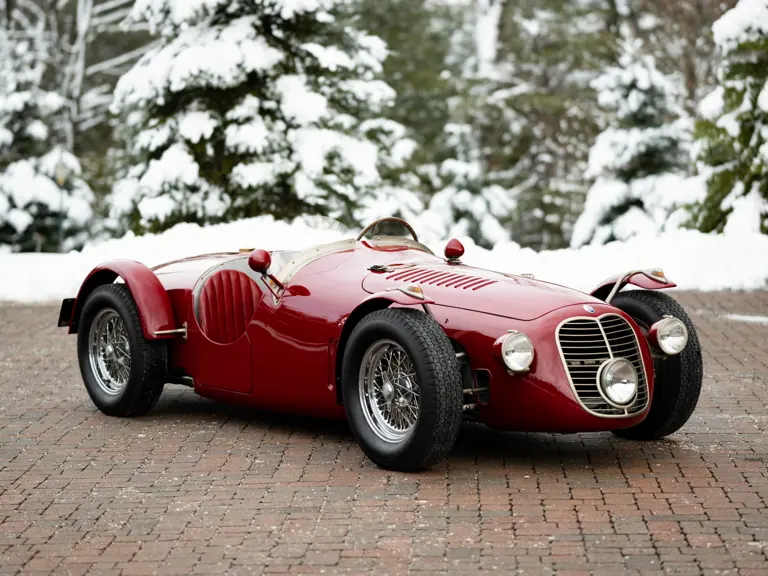
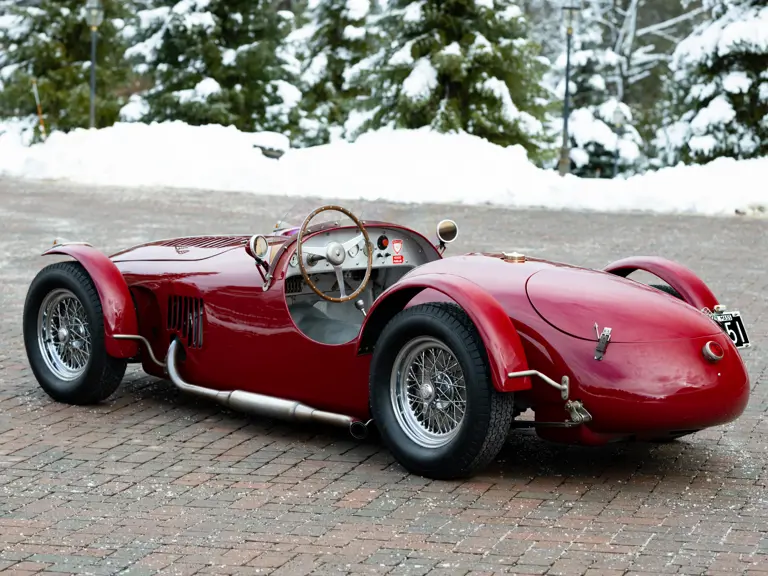
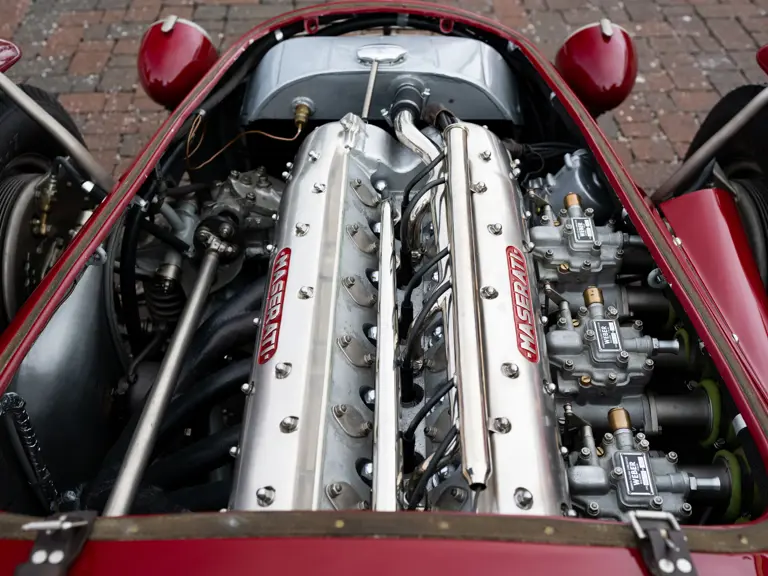

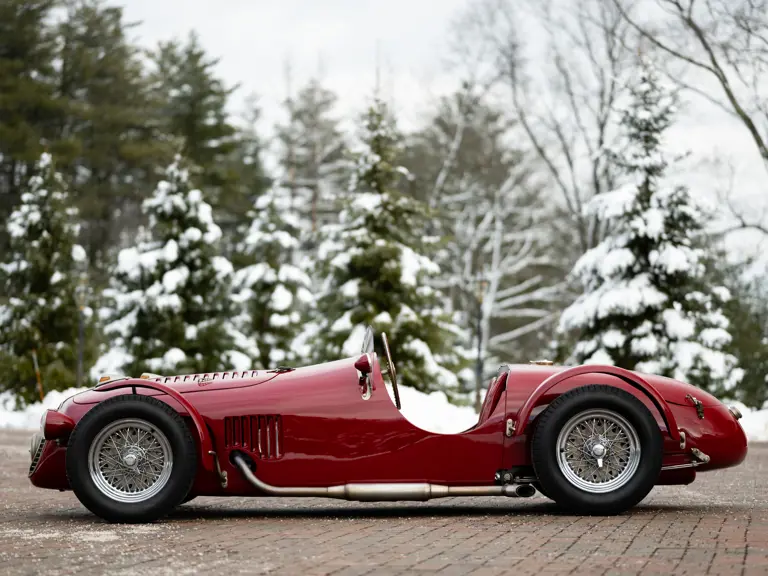
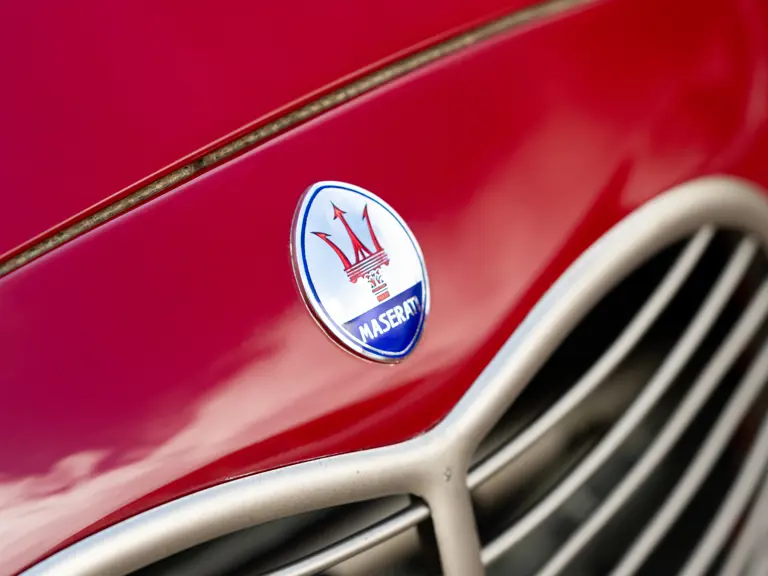

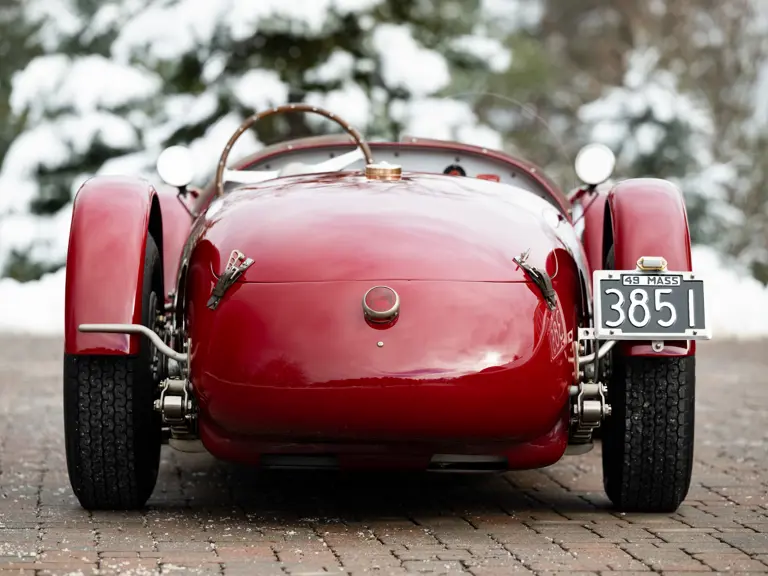
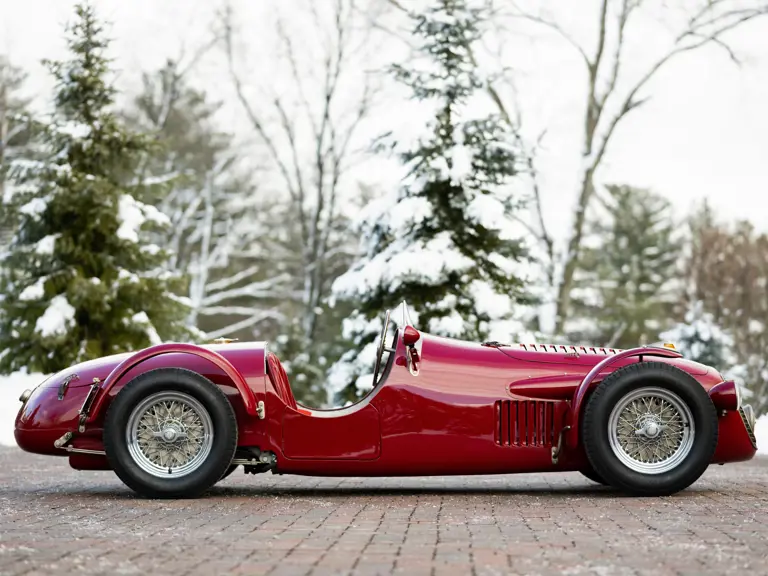
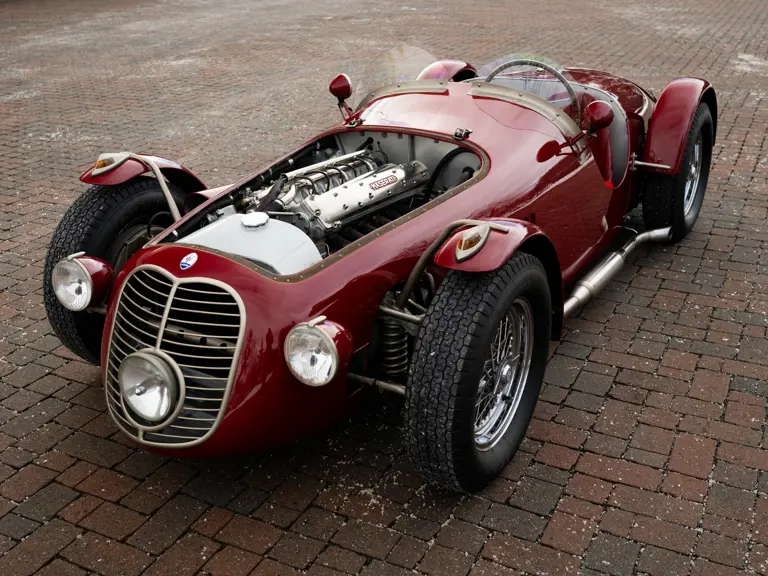

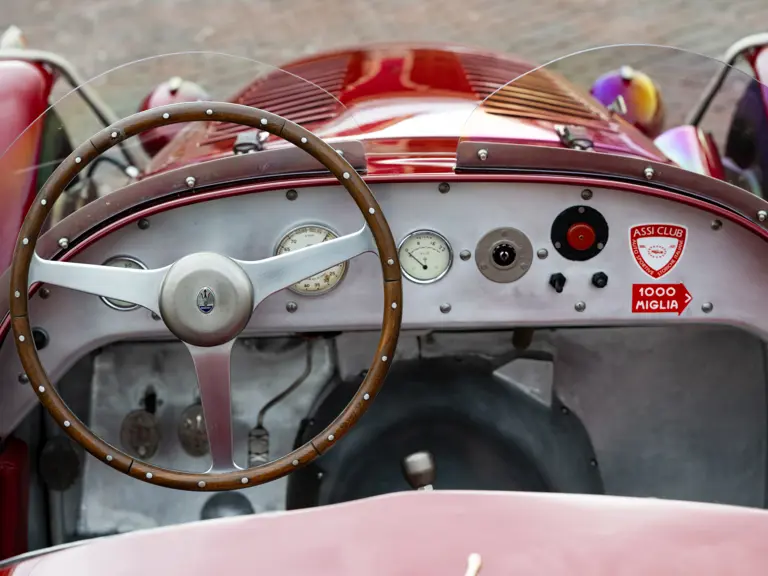




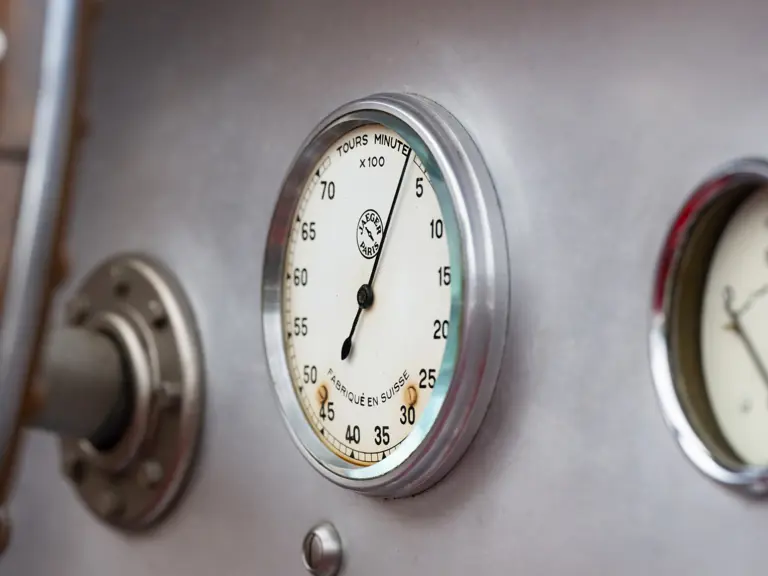
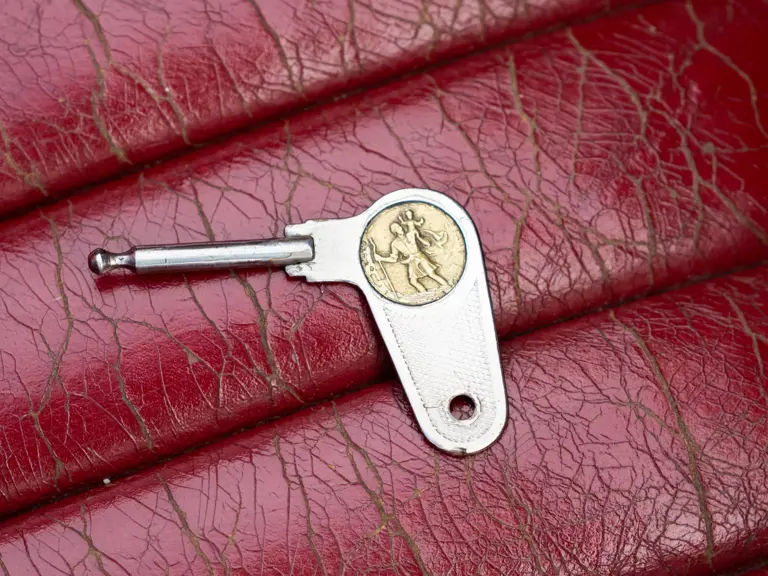
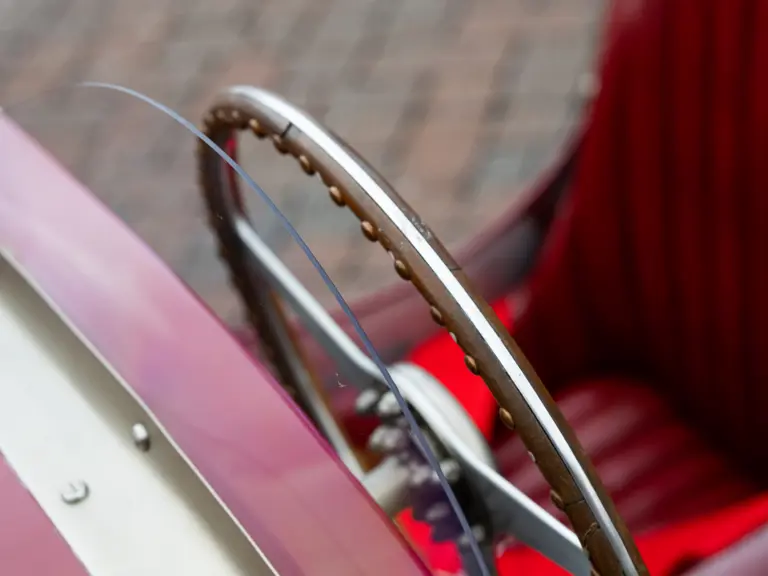
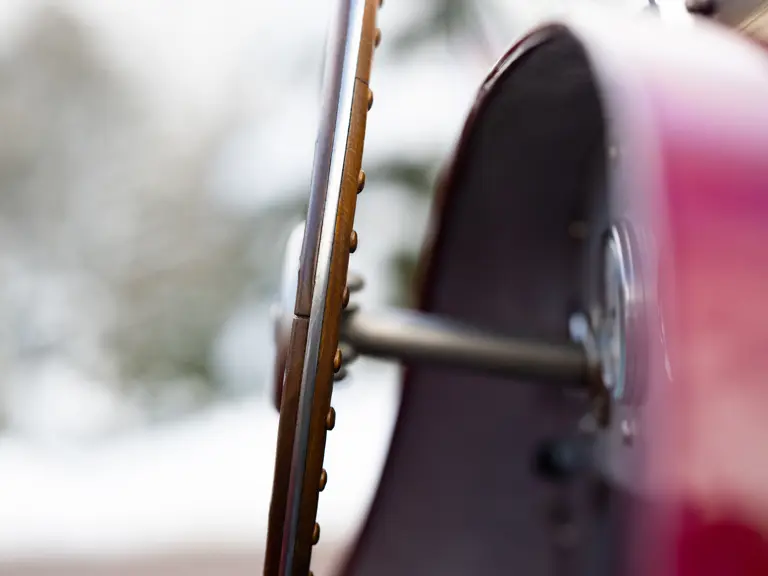
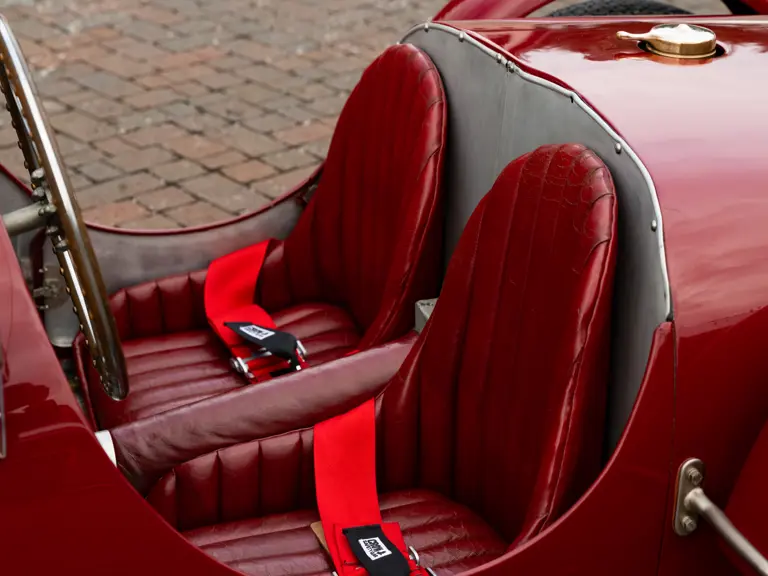



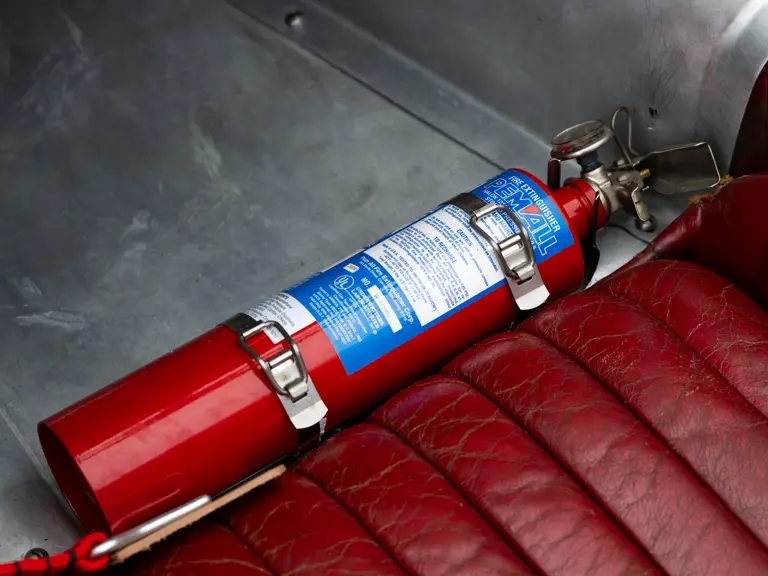
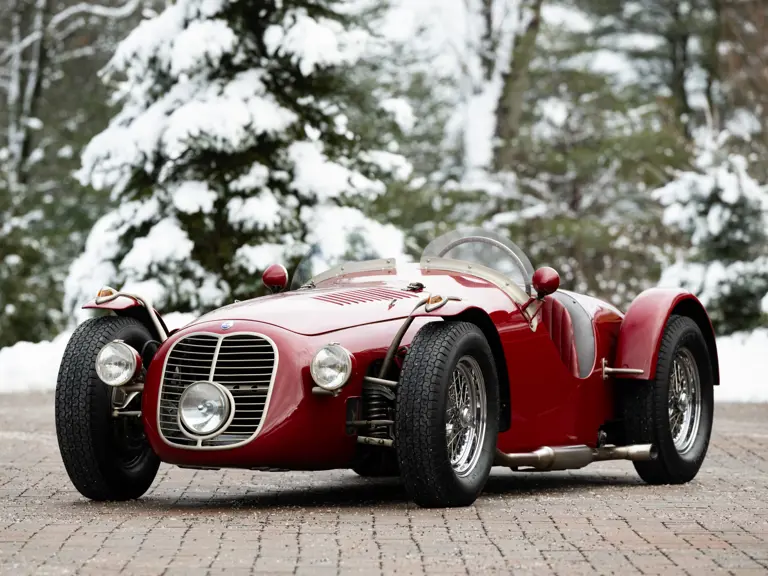

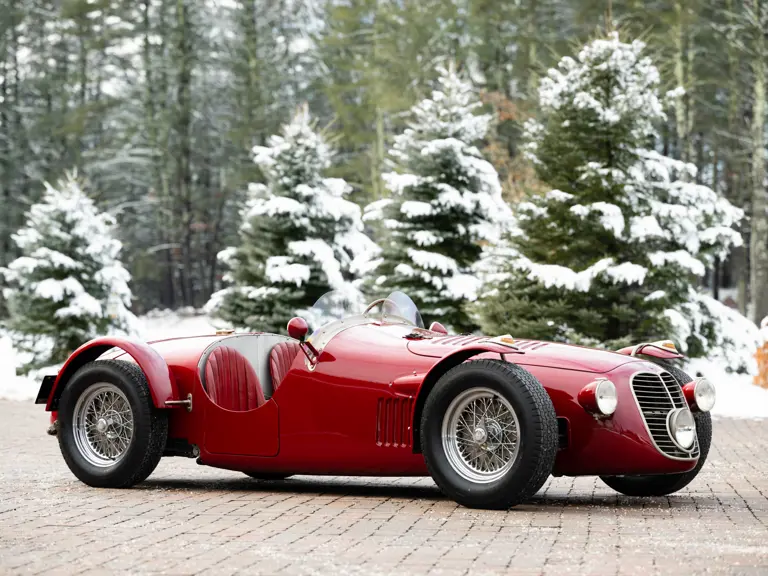
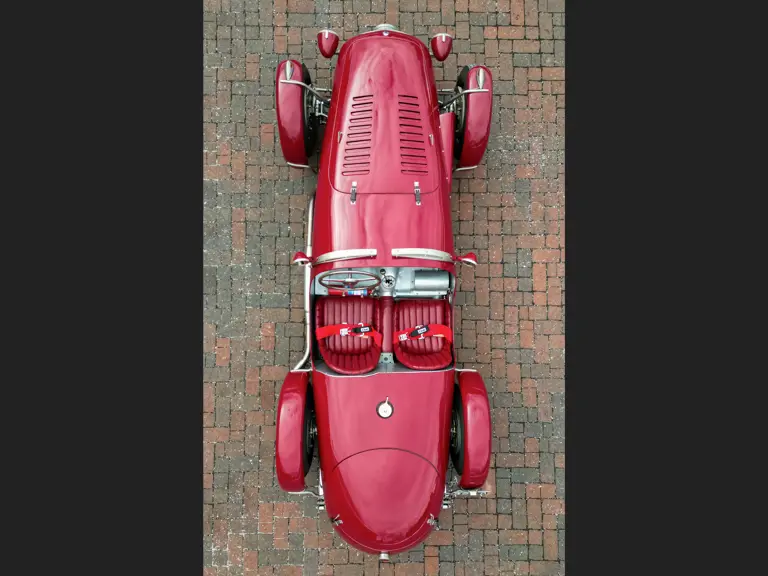

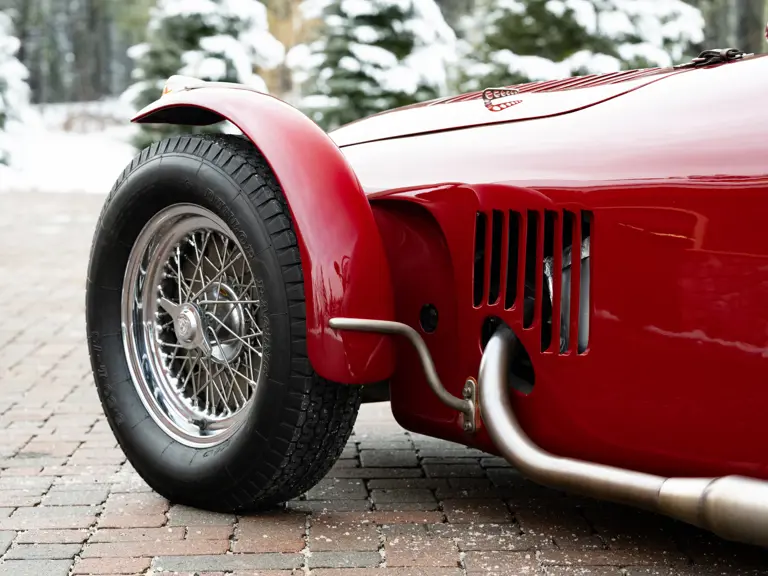
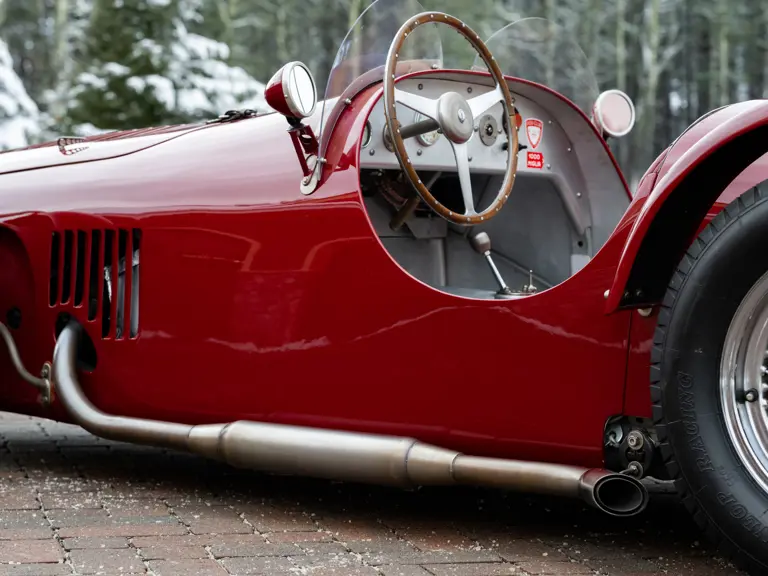
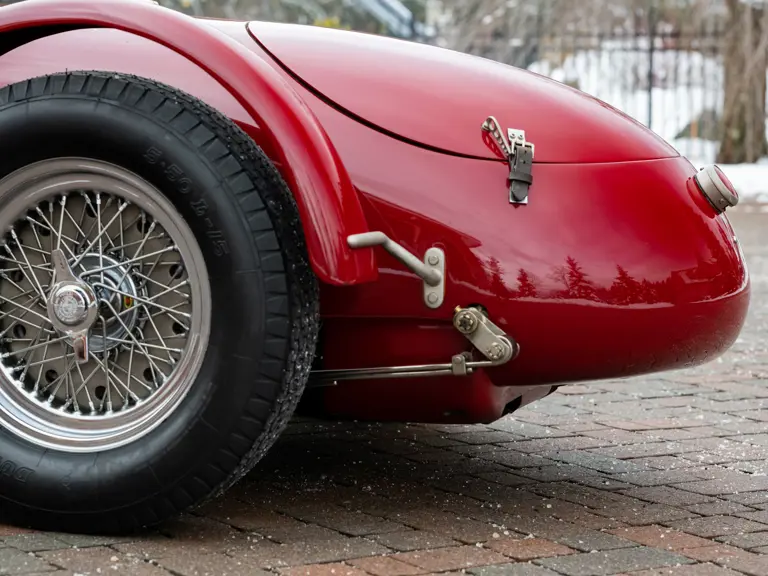


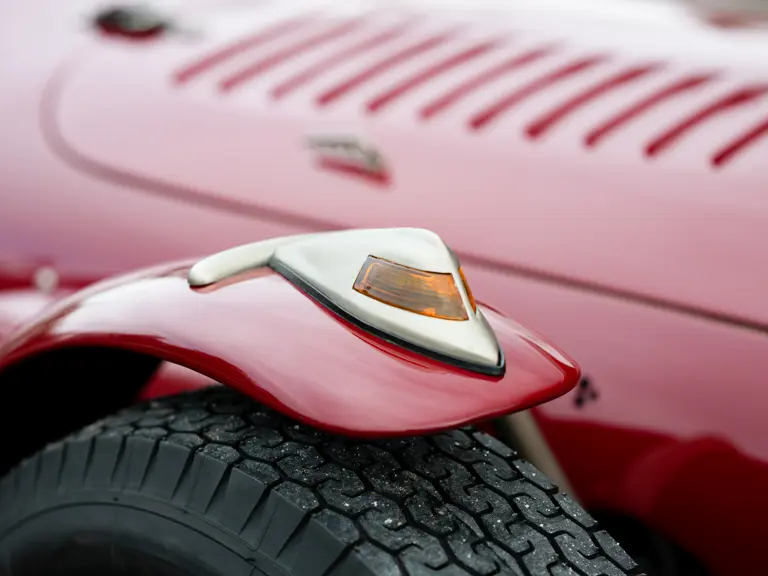
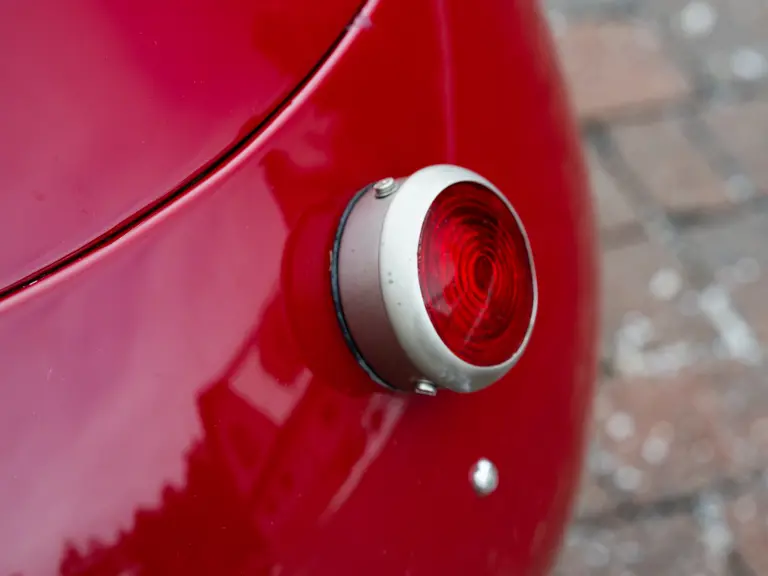

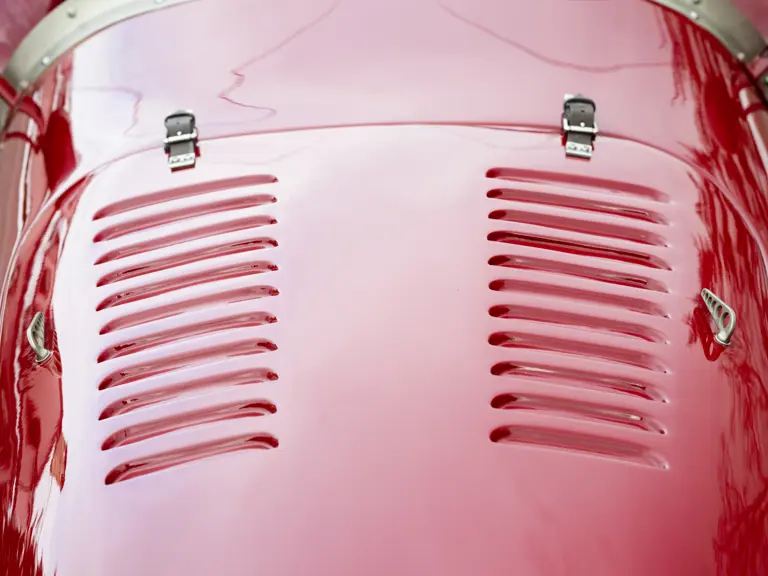

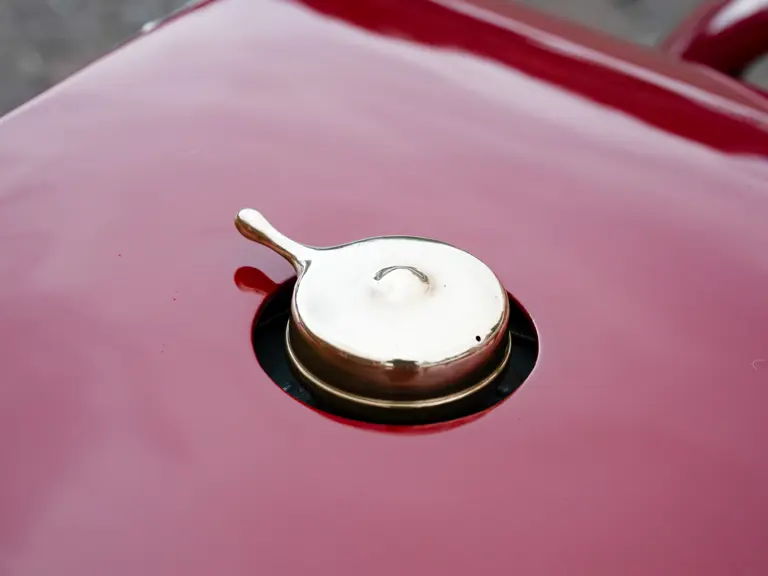
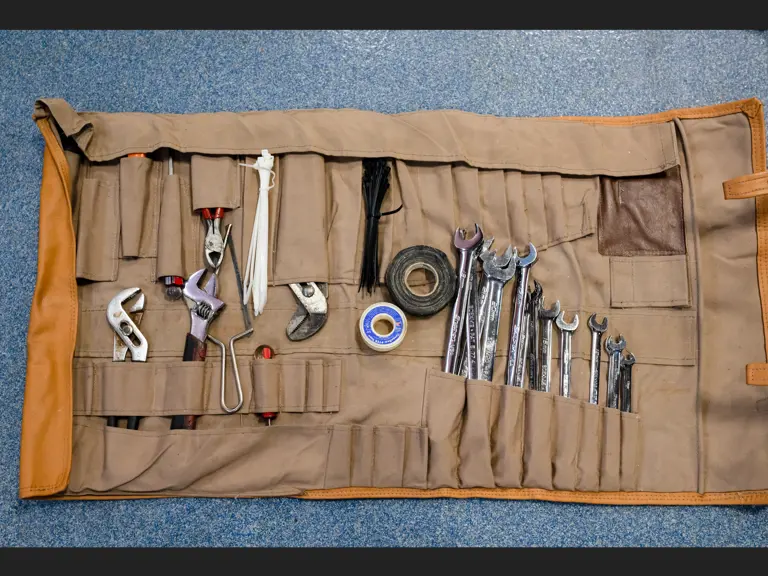


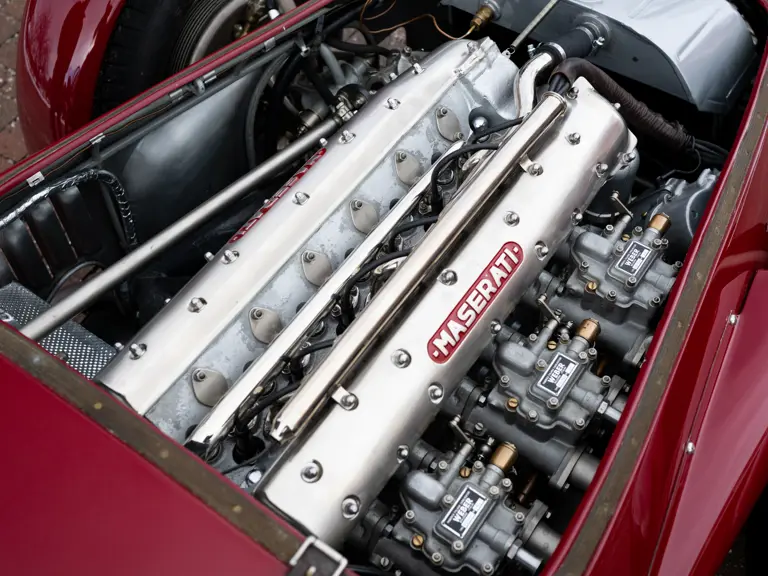

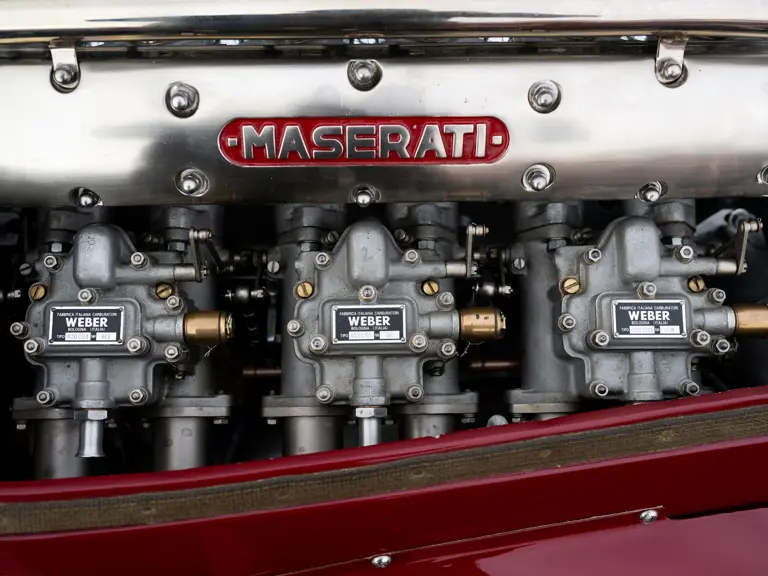

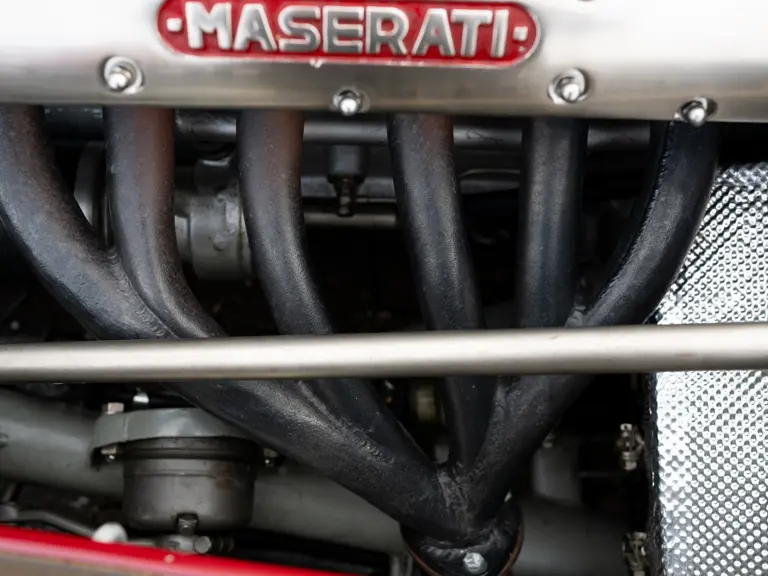
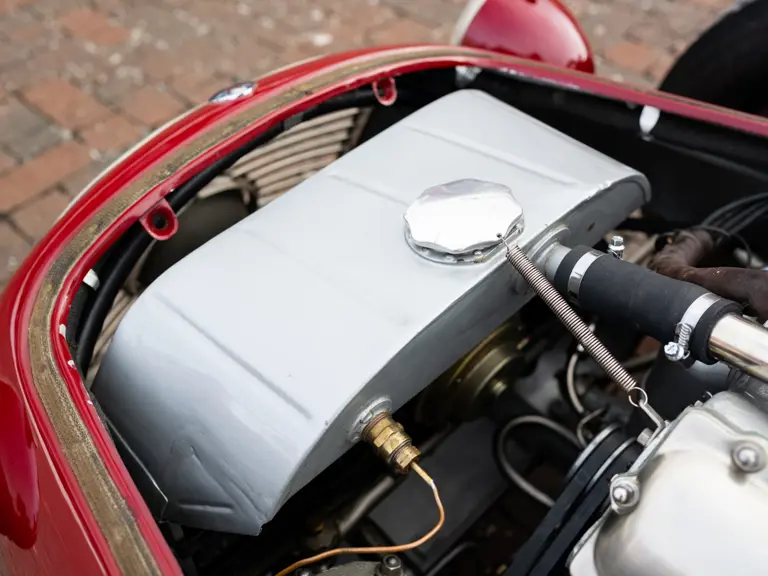
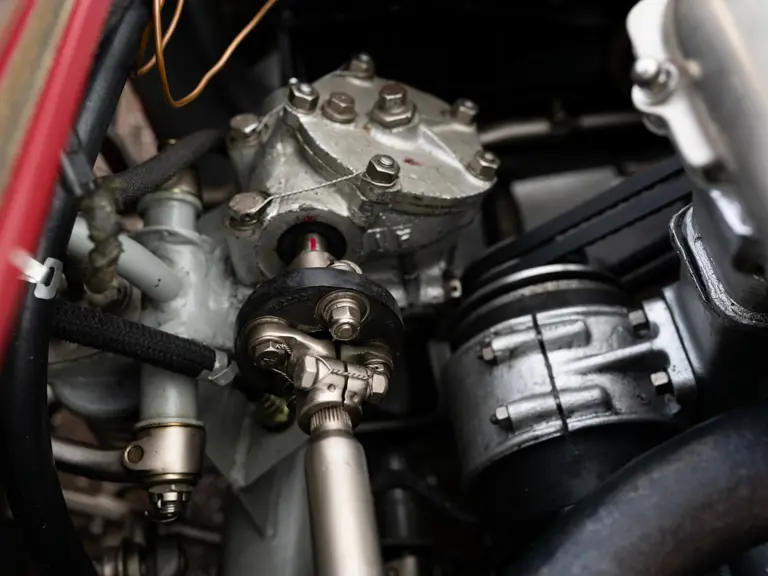
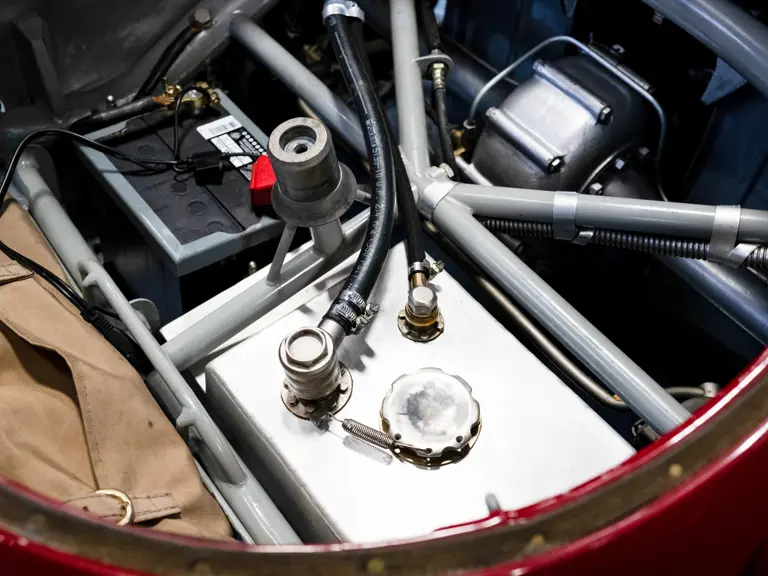
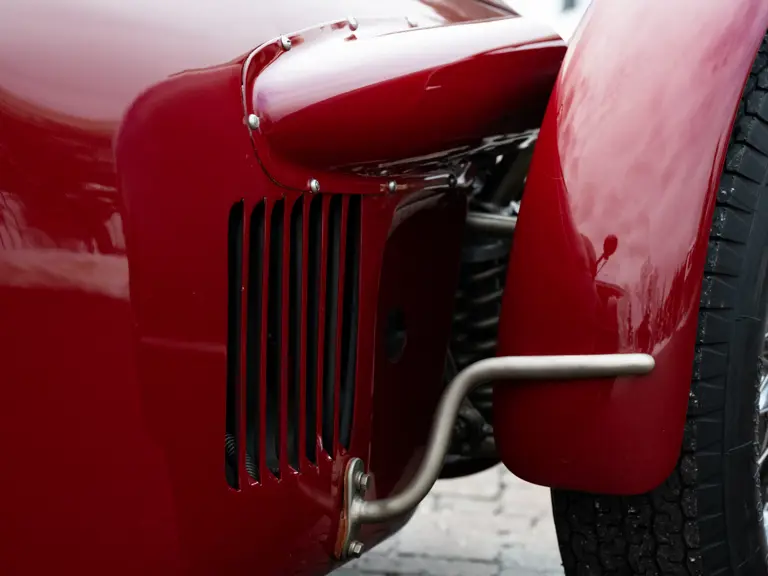
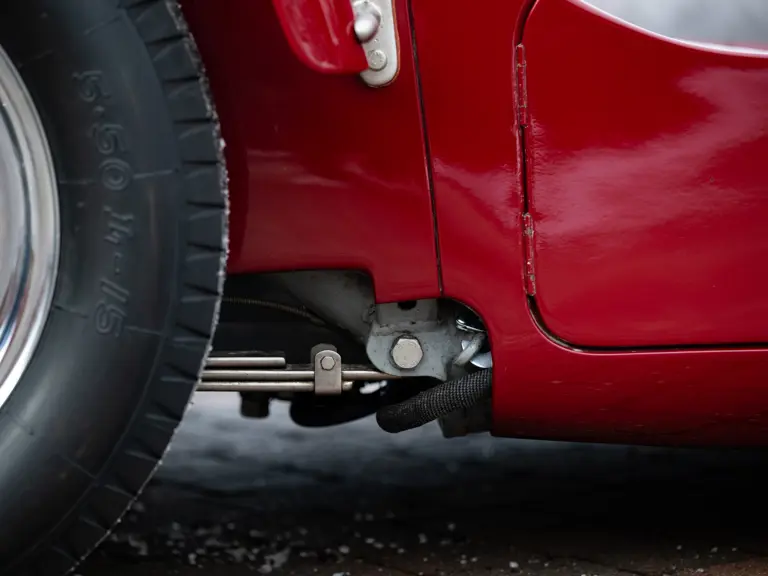
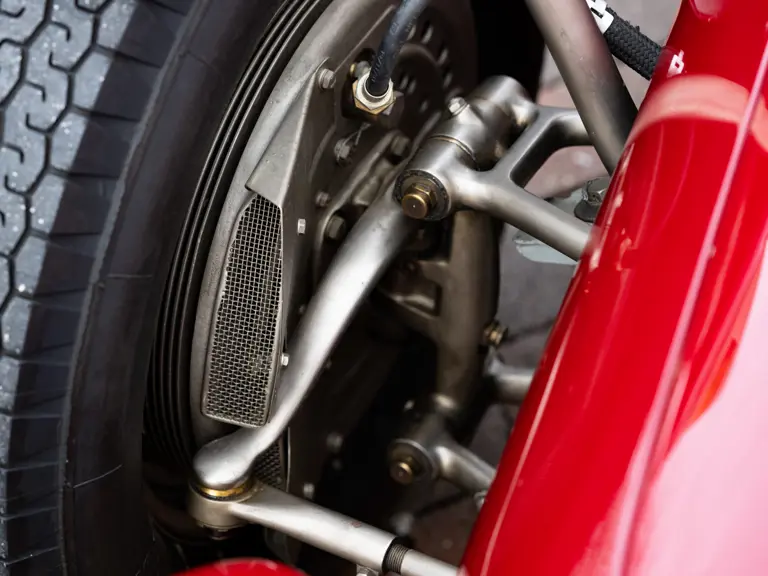
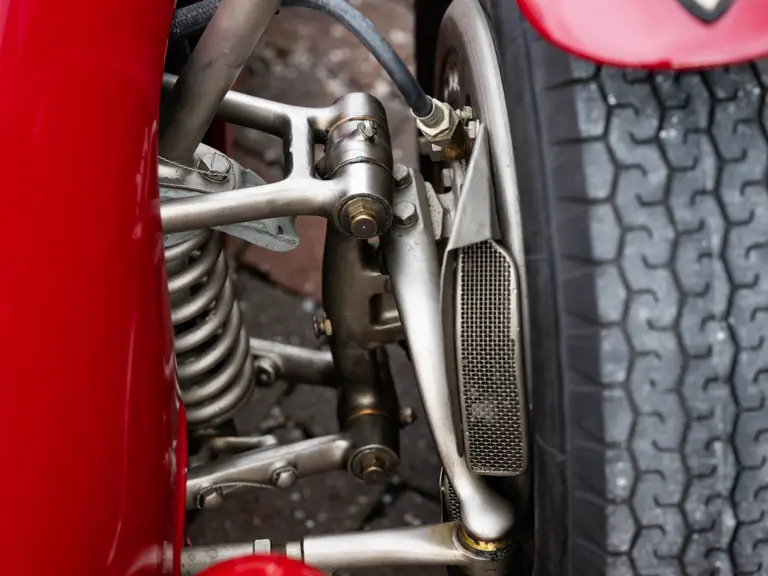
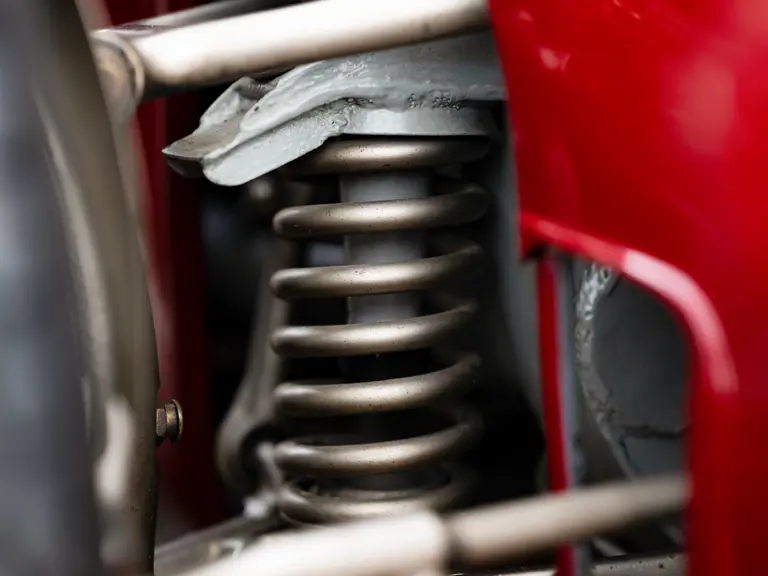
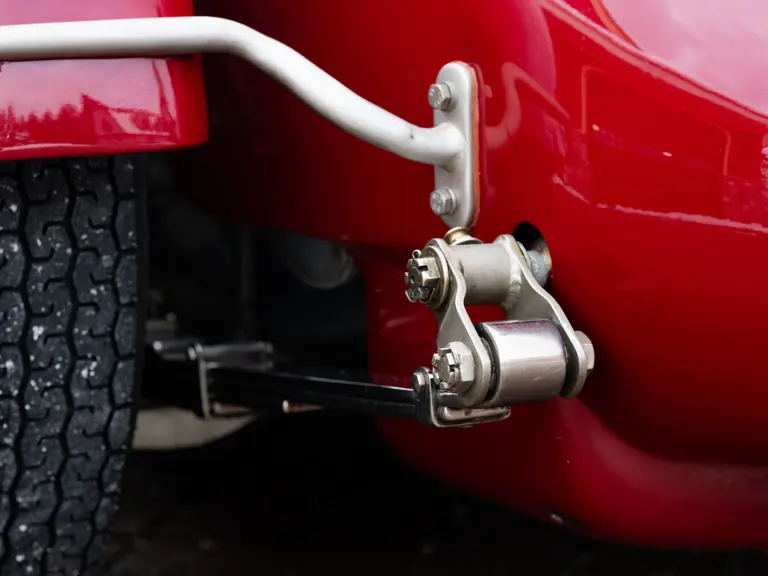

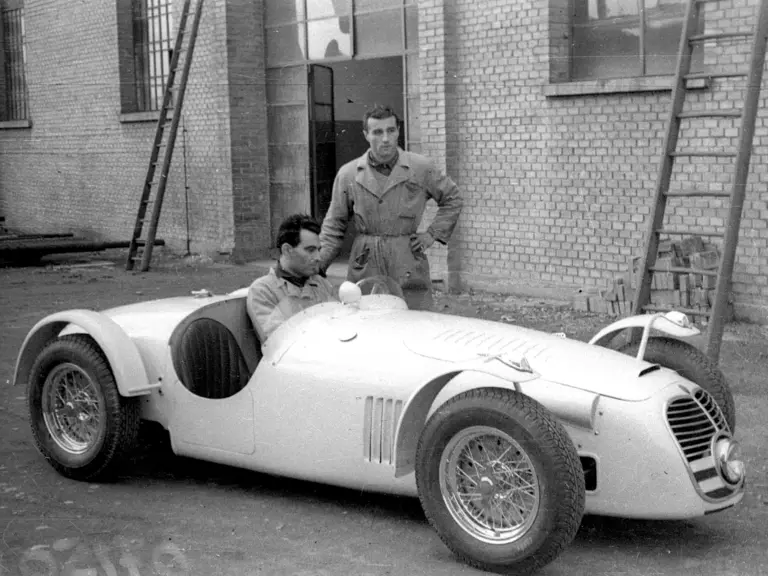
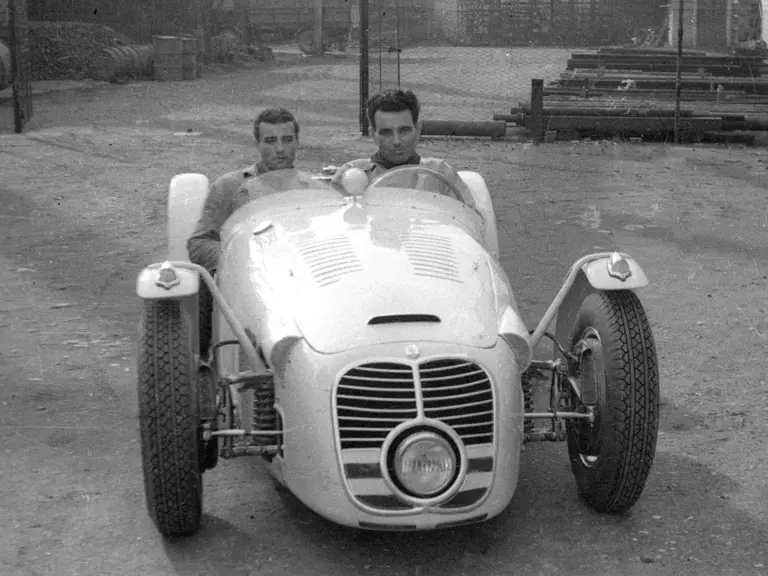
 | Amelia Island, Florida
| Amelia Island, Florida
